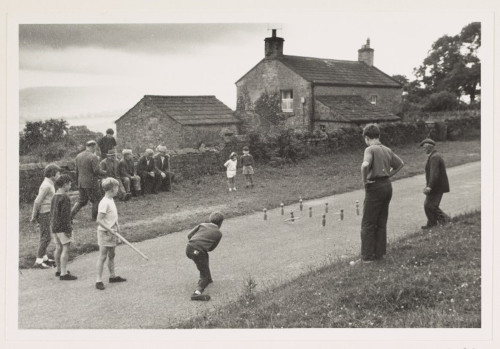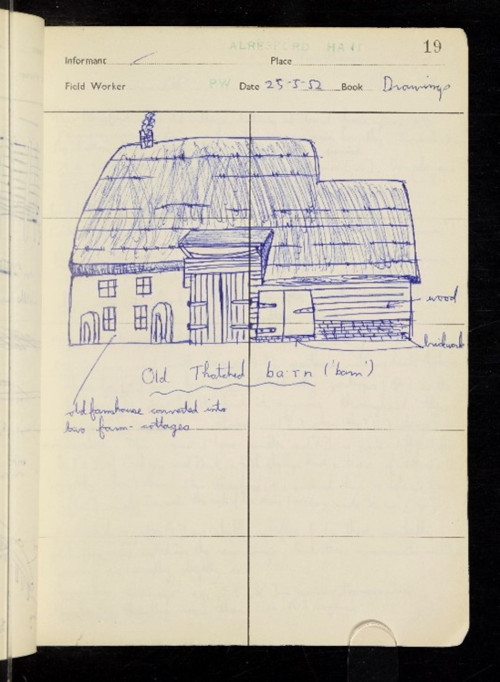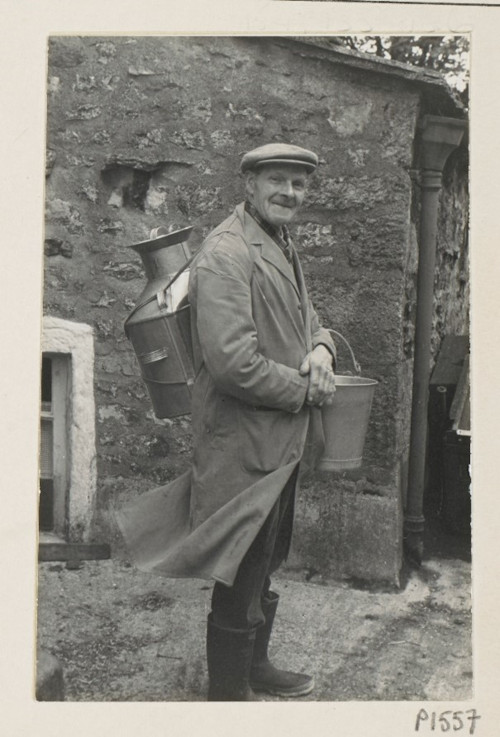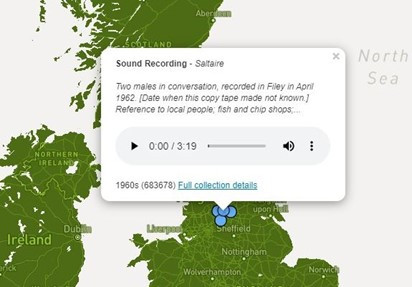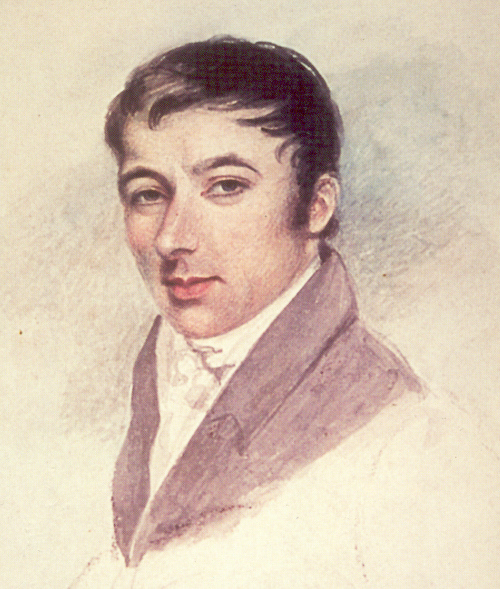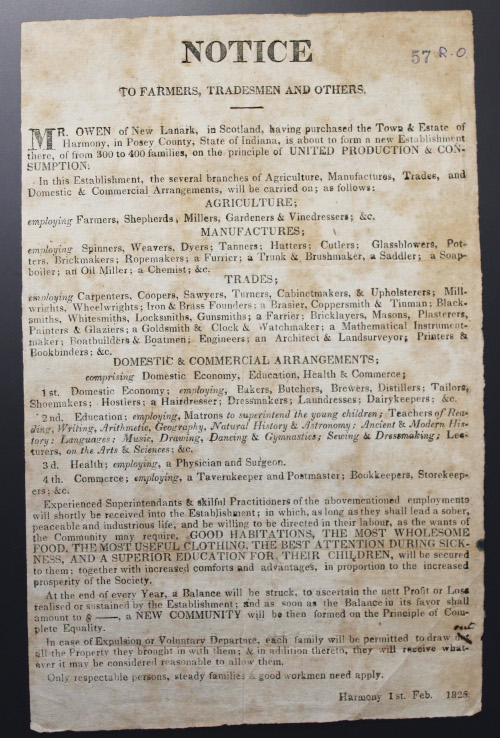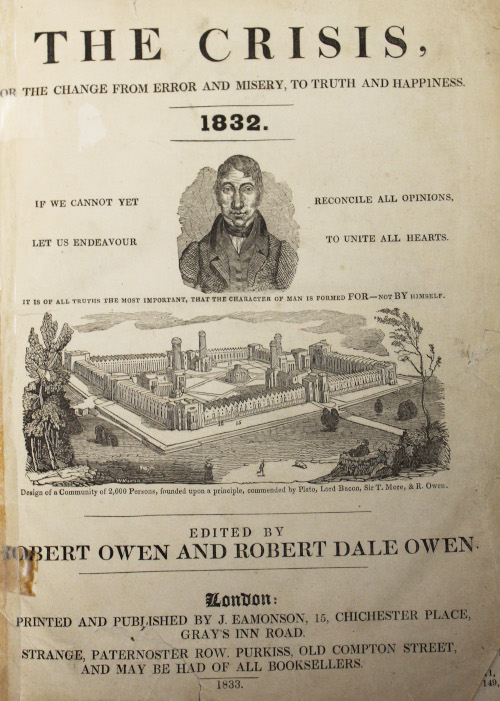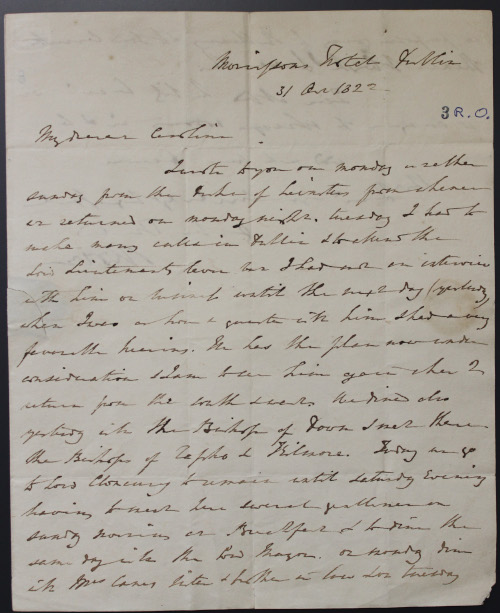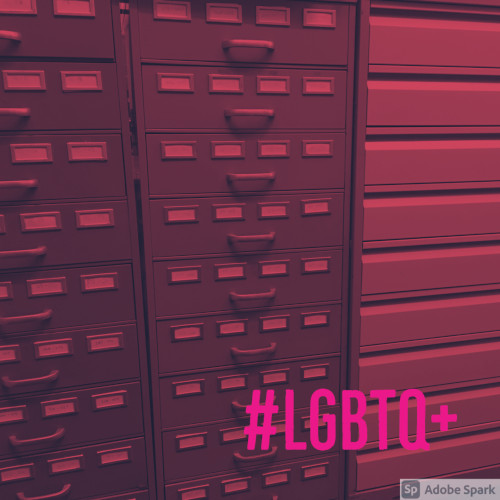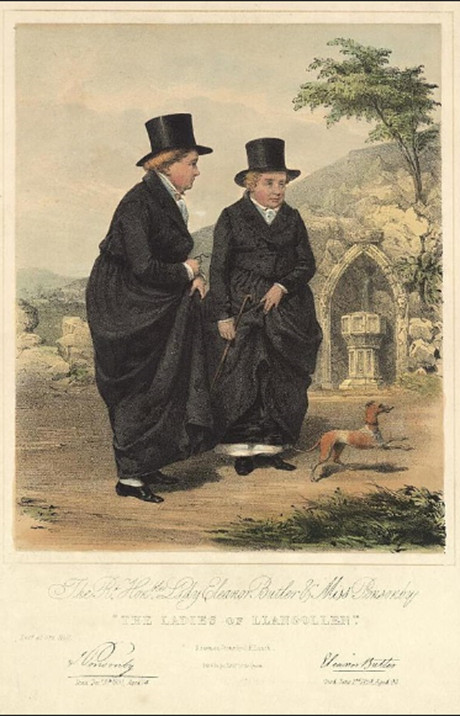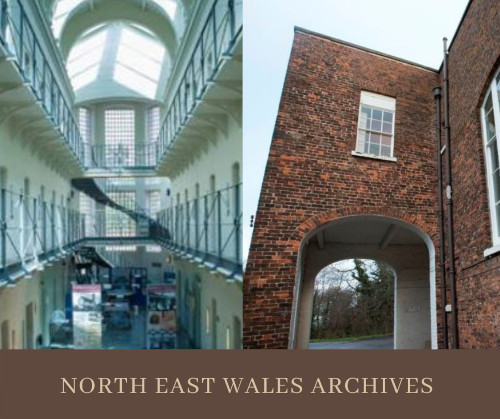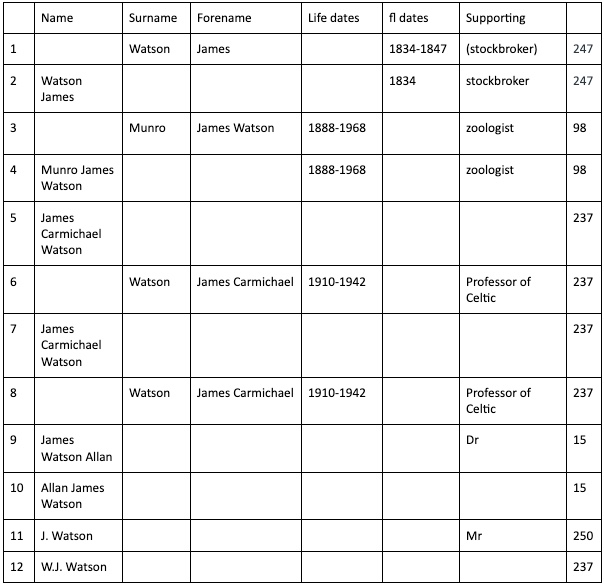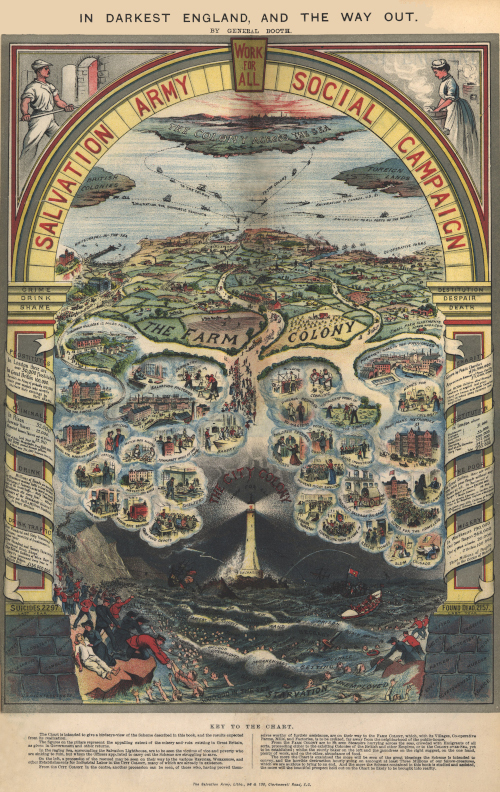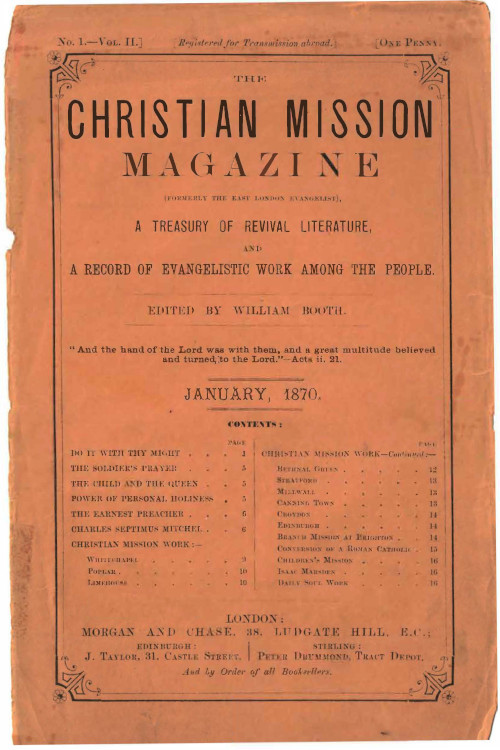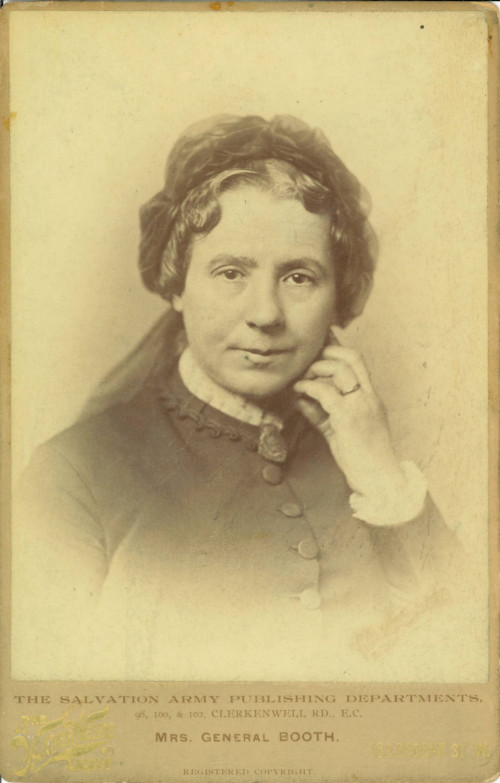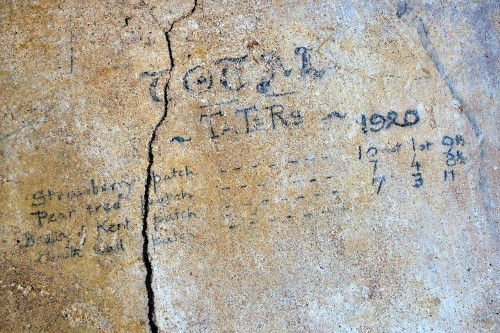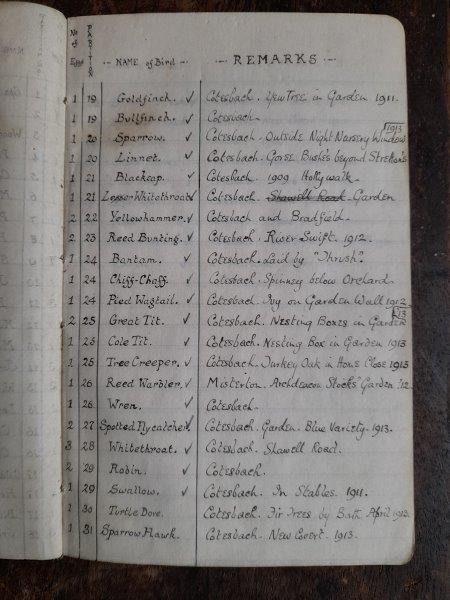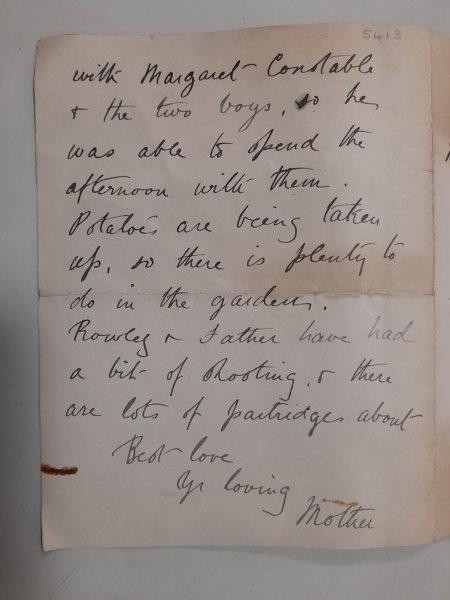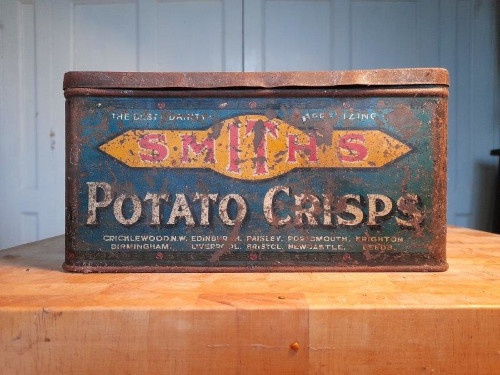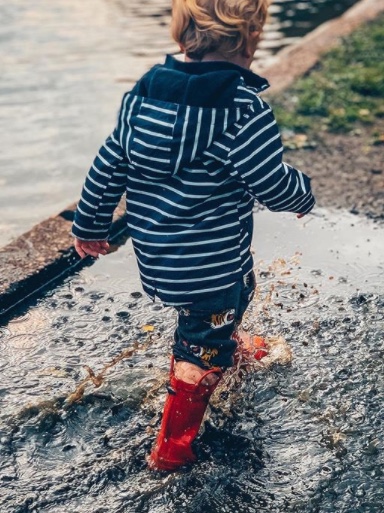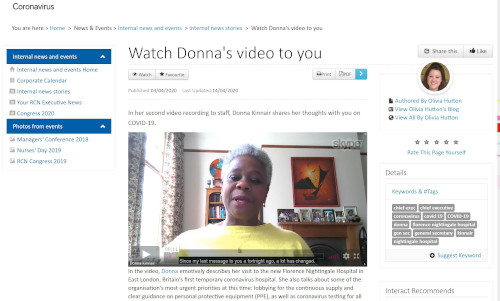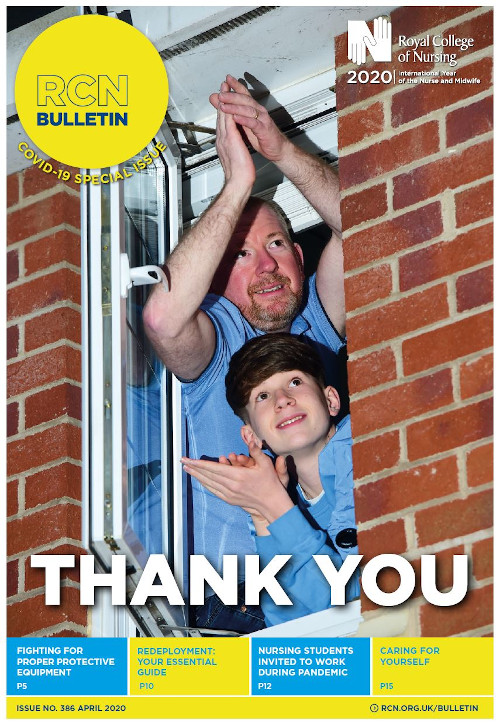Archives Hub feature for June 2021
June’s Archives Hub feature is the result of animated discussions between members of Academic Libraries North (formerly Northern Collaboration) Special Interest Group for Special Collections and Archives. We chose Global Change as an overarching idea and asked group members to pick a collection that spoke to this theme. Far from being a random assortment of disparate collections with no common ground, the resulting list revealed linked collections with great research potential for those interested in political history, social history, activism, immigration and emigration, technological and design innovation – and even railway engineering.

University of Bradford – Peace Pamphlet Collection
This collection comprises thousands of peace pamphlets gathered by Commonweal Library from their rich network of connections in protest campaigns worldwide. They present an incredible resource for researchers and illustrate the ideas and activities of British peace movements from the First World War to the present day. Significant publishers include the Peace Pledge Union, Campaign for Nuclear Disarmament and the Fellowship of Reconciliation. They also offer a fascinating visual record, with many well-known artists contributing designs.
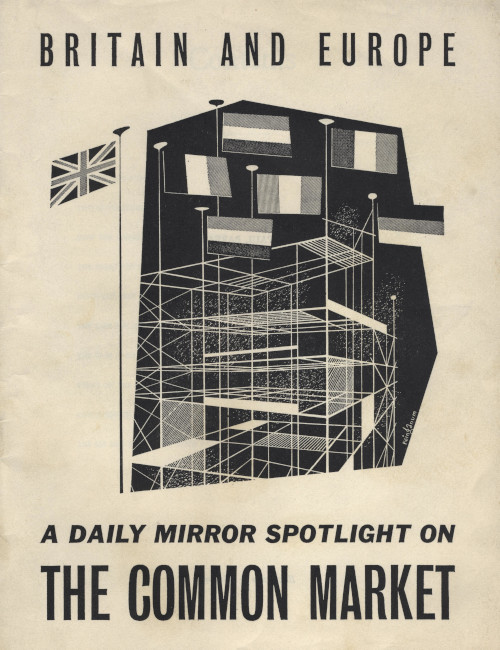
Pamphlet collection, Special Collections, University of Bradford.
Durham University – Malcolm MacDonald Papers
Son of Ramsay MacDonald, Malcolm MacDonald was elected Labour MP for Bassetlaw 1929. He held the seat until 1935, and was National Labour MP for Ross and Cromarty 1936-1945. He held ministerial office in the Dominions & Colonial Office 1931-1940, and was British High Commissioner to Canada, 1941-1946. He was Governor General of Malaya, his responsibilities subsequently extended to cover all S.E. Asia. In 1955 he became High Commissioner for the U.K. in India and in 1960 was appointed co-chairman of the international conference on Laos. The final part of his administrative and diplomatic career was spent in Africa as Governor and Commander in Chief and later High Commissioner for Kenya 1963-4.
Lancaster University – Socialist Pamphlets
A significant item in this collection is ABC of votes for Women by Marion Holmes (nee Miller) 1867-1943, printed in 1913. Marion was a suffragette, a freelance journalist and writer. She was on the committee for the Society of Women Journalists and established Margate Pioneer Society. In Croydon she was the President of the local Women’s Social and Political Union and a member of the Women’s Freedom League and the first female election agent in Keighley. This work covers the importance of women having the ability to vote.
University of Leeds – Leeds Russian Archive
The Leeds Russian Archive, established in 1982, comprises around 650 collections of manuscripts, photographs and other archival material related to Anglo-Russian contacts in the 19th and 20th centuries. The Archive contains papers of members of the British community in Russia, as well as travellers and diplomats, governesses and soldiers, including the papers of writers such as Leonid Andreev (1871-1919); Nobel prizewinner Ivan Bunin (1870-1953), as well as the papers of the Russian railway engineer Yuri Lomonossoff (1876-1952).
https://library.leeds.ac.uk/special-collections/collection/728/leeds_russian_archive_collections
Liverpool Hope University – Nugent Archive
Monsignor James Nugent, better known as Father Nugent, was a Roman Catholic Priest of the Archdiocese of Liverpool. He was a passionate social reformer, appalled by the state of the homeless living in the squalor of Victorian England, he dedicated his life to the education and rescue of destitute children. Father Nugent was also an early pioneer of children’s emigration. In 1870 he took the first group of 24 children to Canada on 18 August 1870 on the SS Austrian; this was probably the first organised emigration of its kind.
Liverpool John Moores University – Stafford Beer Archive
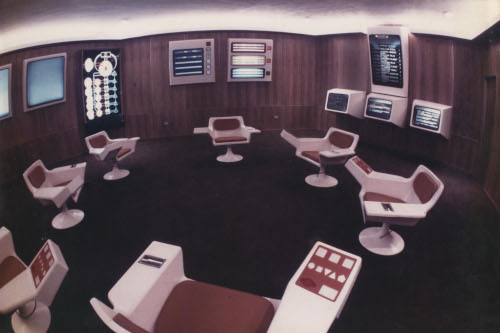
Professor Stafford Beer (1926-2002) was an inspirational thinker, teacher and writer in the field of management cybernetics. A polymath and credited as the founder of Management Cybernetics, he was appointed Honorary Professor of Organisational Transformation at LJMU in 1989. He is probably best known internationally for his work on Project Cybersyn, a Chilean attempt to develop a cybernetic approach to the organisation and control of the economy in the 1971-1973 under the socialist government of President Allende.
University of Salford – Richard Badnall Papers
Richard Badnall (d 1842) and his collaborator Richard Gill patented the design of an “Undulating Railway”, an eccentric invention which caught the interest of many prominent people, including George and Robert Stephenson and the Directors of the Liverpool and Manchester Railway. The collection, comprising mainly of correspondence, has been fully digitised.
https://usir.salford.ac.uk/view/archive_collections/badnall.html
Sheffield Hallam University – Festival of Britain Collection
The 1951 Festival of Britain was a showcase of British contributions to art, design and industry and a chance to celebrate and raise the nation’s spirits after the austerity of the war years. In the 1970s Sheffield Hallam University acquired a box of Festival items including press releases, letters and some official guides, but this has been enhanced through acquisition of a wider range of Festival literature and commemorative ephemera – such as postcards, teapots, toys, glassware and medals.
https://libguides.shu.ac.uk/specialcollection/festival
University of York – Denis Brutus Archive
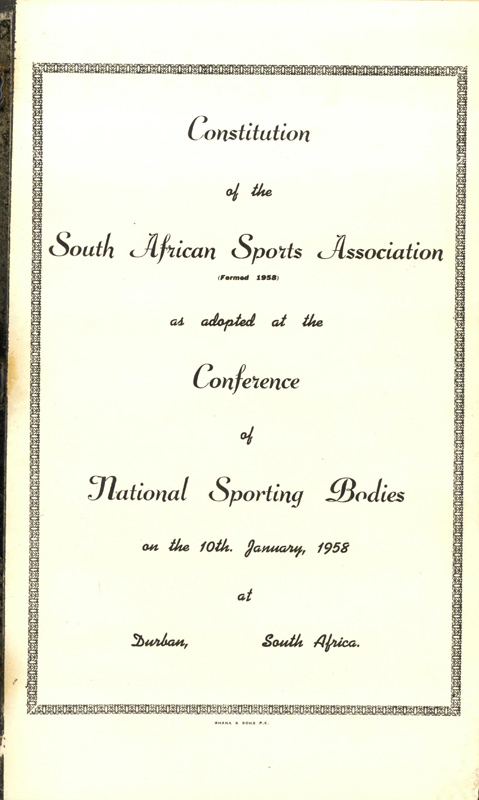
Dennis Brutus (b. 1924) is best known for founding the South African Sports Association (SASA) whose essential aim was the elimination of racialism in South African sport. The South African Non-Racial Olympic Committee (SAN-ROC), with Brutus as its president, had considerable success: not only with the exclusion of South Africa from the Olympic Games in 1968, but also with the withdrawal of many African competitors from the 1976 Olympics. Forced into exile in 1966, Brutus left South Africa for England, where he worked for the International Defence Aid Fund. In 1971 he moved to the United States and died on 26 December 2009.
Related
Browse more collection descriptions for these institutions on the Archives Hub:
University of Bradford Special Collections
University of Leeds Special Collections
Liverpool Hope University Archives and Special Collections
Liverpool John Moores University Special Collections and Archives
University of Salford Archives & Special Collections
University of York, Borthwick Institute for Archives
All images copyright. Reproduced with the kind permission of the copyright holders.

